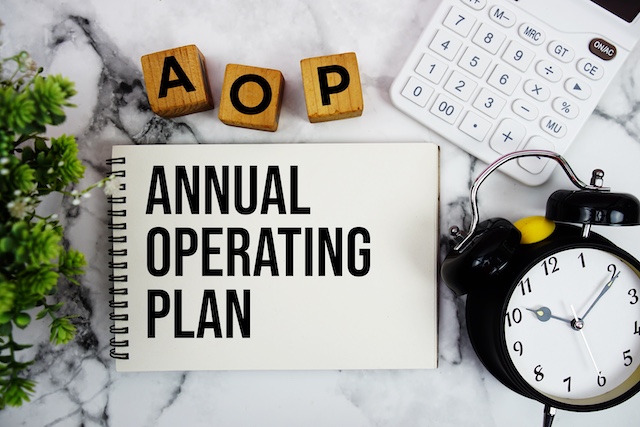What is Orientation?
Orientation is an introduction program that new employees go through when starting a job. It is a critical onboarding process designed to welcome new hires, make them feel comfortable in the new work environment, and equip them with the information necessary to be productive members of the organization. Typically, orientation will last anywhere from one to three days and involves:
- Meeting key team members.
- Learning about company policies and procedures.
- Touring the facilities.
- Completing any HR paperwork.
- Setting up equipment and systems access.
- Safety training.
- Gaining insight into the company mission and culture.
The goal is to immerse the new employees in the operations, expectations, and culture so they feel supported and prepared to excel in their roles.
What is the Purpose of Orientation?
Orientation serves as a crucial introduction for new employees to the company’s culture, policies, procedures, and expectations. Its primary purpose is to familiarize new hires with the organization, its structure, and their roles within it. This process typically covers essential information such as company values, mission, and vision and provides an overview of benefits, company policies, and compliance requirements.
Moreover, orientation helps employees understand their job responsibilities, the workflow, and the organizational hierarchy. It often includes introductions to key team members or departments, fostering early connections and collaboration. By clarifying these aspects early on, orientation aims to reduce the stress and uncertainty of starting a new job, helping employees feel more comfortable, engaged, and prepared to contribute effectively.
What is the Difference Between Orientation and onboarding?
Orientation and onboarding are related processes that serve distinct purposes in the employee integration journey. Orientation typically refers to introducing new employees to the workplace environment, company policies, and basic information. It is a shorter and more immediate process, focusing on providing an overview to help newcomers feel comfortable and aware of their surroundings. Onboarding, on the other hand, is a longer process that continues after orientation and focuses more on cultural assimilation. The goal of onboarding is to align new team members with the company mission, values, processes, and workflows through training. While orientation gives new employees what they immediately need to function, onboarding strategically develops competencies over time so that new staff feel invested in the organizational culture and engaged to contribute to the company’s success.




